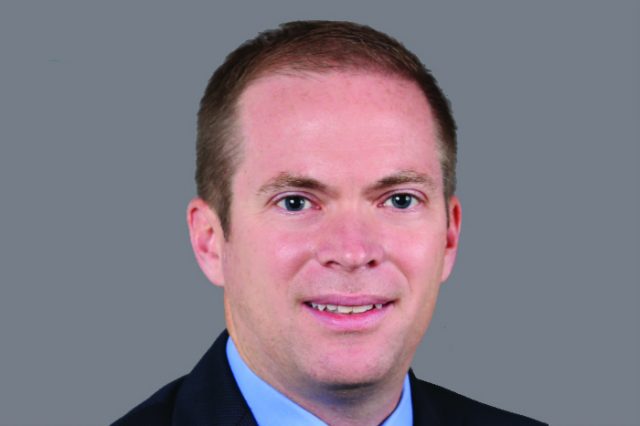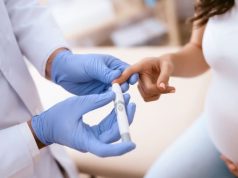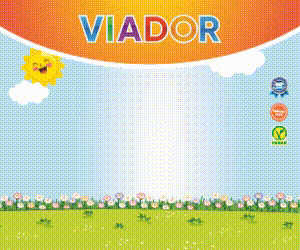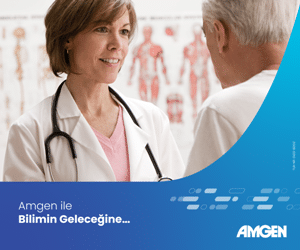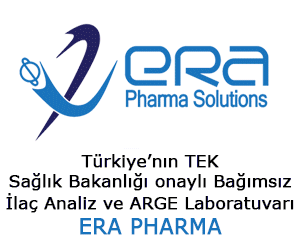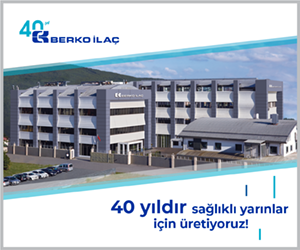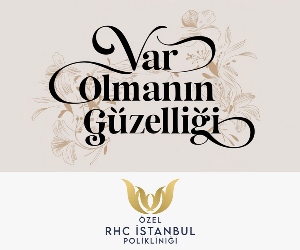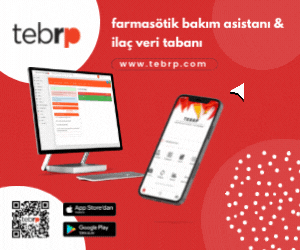Tek faktör olmasa da reçeteli ilaçların maliyetini artıran faktörlerden birisi de rakip ürünlerin varlığıdır.
Yeni bir reçeteli ilaç geliştirme maliyetinin muhafazakar tahminleri bile 500 milyon dolar ile 1 milyar dolar arasında değişmektedir, örneğin:
Prasad & Mailankody, JAMA Intern Med. 2017;177(11):1569-1575.
Düzenleyici ve patent münhasırlıklarının sona ermesi üzerine, jenerik veya biyobenzer ürünler piyasaya girebilir. Dağıtılan reçetelerin yaklaşık% 90’ı jenerik ilaçlar için olan Amerika Birleşik Devletleri, sağlam ve genişleyen jenerik ilaç pazarına sahiptir.
The cost of prescription drugs is at the forefront of discussions among patients, advocacy groups, prescribers, payers, pharmaceutical companies, and policy makers. One factor – though not the only factor – in driving the cost of prescription drugs is the availability of competing products. Certain competing products, such as generic or biosimilar versions of approved drugs, are not immediately available as a result of the market exclusivities granted to the innovator company by the federal government in the form of exclusive marketing rights and/or patent rights. The rationale for granting such market exclusivities is to incentivize innovation and development of new, better, and/or safer prescription drugs.
The single largest cost to a pharmaceutical company in developing a new drug is securing regulatory approval, which entails conducting several clinical studies to demonstrate that the drug is safe and effective. Even conservative estimates of the cost to develop a new prescription drug are in the range of $500 million to $1 billion. See, eg, Prasad & Mailankody, JAMA Intern Med. 2017;177(11):1569-1575. The Tufts Center for the Study of Drug Development estimated that the average pre-tax industry cost per new prescription drug approval at $2.6 billion. Though the various estimates differ in methodology (eg, whether opportunity costs or the cost of failed candidates are factors or not), it is undeniable that the quest to bring a new drug to market is a costly undertaking.
Both the regulatory and patent exclusivities are limited in time in order to further promote progress and foster competition upon their expiration. Exclusive marketing rights granted by Food and Drug Administration are set by statute: 5 years for a new small molecule and 12 years for a new biologic product. These time periods were attempts by Congress to balance the incentive for the innovator company to develop and seek approval of new drugs with the desire to facilitate generic or biosimilar competition following the period of exclusivity. Similarly, the foundation of the patent system is a balance of interests between the public and the patentee. The patentee, in exchange for public disclosure of the invention, receives the right of exclusivity for a limited time – 20 years from the date on which the application for the patent was filed. The term of certain patents may be extended for up to five years to, in part, make up for the reduction of the effective patent life caused by the regulatory approval process. Nevertheless, by the time most new drugs are approved, the patents covering the drug molecule often have less than 12 years left on their term due to the years required for development, clinical studies, and regulatory review.
Innovator companies often pursue patents covering methods of treatment or formulations that provide exclusivity beyond the term afforded by the patent covering the drug molecule (ie, the active ingredient). Indeed, off-patent competition may not occur upon expiration of the patent on the active ingredient but rather later due to patents covering a formulation or a particular method of use. Such patenting strategies have been criticized for extending patent protection. Nevertheless, the federal law and its implementing regulations explicitly contemplate the exclusivity afforded by such patents. For example, 21 CFR § 314.53 identifies “drug product (formulation and composition) patents, and method-of-use patent” as patents that are required to be listed in the Orange Book. Moreover, those later patents do not necessarily prevent all competition, since generic or biosimilar firms are not required to match the formulation or seek approval for all approved uses of a branded pharmaceutical product to obtain approval of their generic or biosimilar product.
Upon expiration of the regulatory and patent exclusivities, generic or biosimilar products can enter the market. The United States has a robust and expanding generic drug market, as nearly 90% of all dispensed prescriptions are for generic drugs. The first generic competitor’s product is typically offered at a 20% to 30% discount to the price charged for the branded product. Subsequent generic entry continues to lower prices, with discounts of up to 85% or more seen when a large number of generic firms are each competing for business. For example, the price of atorvastatin (Lipitor), a leading cholesterol-lowering statin and once the world’s biggest-selling drug, has fallen by more than 95% since it went generic in 2011. Moreover, the relatively new abbreviated licensure pathway for biological products has led to the approval and launch of biosimilar versions of at least two protein therapeutics: filgrastim (Neupogen) and infliximab (Remicade). The first biosimilar versions were offered at a 15%-20% discount to the price charged for the branded product. The price for infliximab dropped further to a 35% discount when a second biosimilar version was approved in July 2017 and subsequent infliximab biosimilars are on the horizon.
Nevertheless, the expiration of market exclusivity does not automatically ensure lower prices or increased access. In some instances, generic firms refrain from entering the market or do not enter the market in sufficient numbers to drive prices down even when regulatory and patent exclusivities expire. Several disincentives for generic firms to enter the market, including complex manufacturing requirements, small patient populations having rare diseases, low reimbursements, group purchasing arrangements and price competition, may conspire to limit competition for unpatented drugs.
Conversely, regulatory and patent exclusivities do not foreclose all possible competition. Competition can occur between branded companies as second or subsequent products having the same or similar mechanism of action creates competition that can lower prices and improve access. One such example is the market for hepatitis C therapies. Sofosbuvir (Sovaldi) was the first direct acting antiviral (DAA) approved to treat Hepatitis C infection that did not also require treatment with pegylated interferon, a poorly tolerated, injectable biologic treatment. When it launched in 2013, a full treatment course of sofosbuvir was $84,000; the total regimen cost was likely higher depending on the other medications used in combination with sofosbuvir. Over the next few years, several other branded companies have launched their own DAA regimens to compete with sofosbuvir-based regimens. These next generation treatment regimens are now being offered at 70%-75% discounts over the initial list price of sofosbuvir.
As the pharmaceutical landscape shifts from blockbuster drugs to more targeted therapeutics and precision medicine, it will remain as important as ever to balance the incentives for investment in innovative therapies with the desire to ensure competition after a reasonable period of exclusivity for the innovator product.


